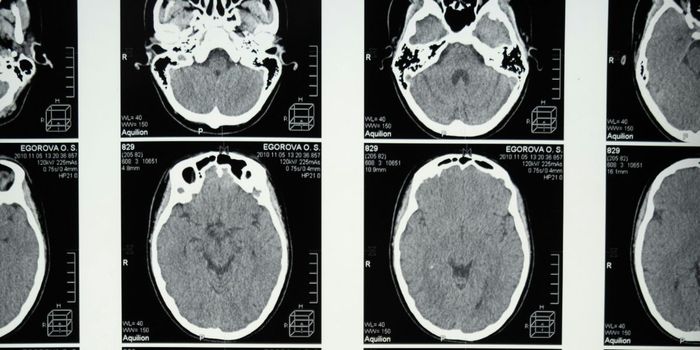Rare Bone Marrow Manifestation in Sarcoidosis
Sarcoidosis is an inflammatory disease with the hallmark diagnostic feature being non-caseating granulomas--clumps of immune cells including macrophages, epithelial cells, and histiocytes. While 90% of people diagnosed with sarcoidosis have it in their lungs, the disease can affect any organ system in the body. Common extrapulmonary sites include skin, liver, eyes, and lymph nodes. The incidence in the U.S. is approximately is 10 per 100,000 people. The principal investigator, J. Isaac Peña-Garcia, and colleagues, discuss a case study involving a rare manifestation of sarcoidosis in the bone marrow.
Bone marrow sarcoidosis (BMS) has not been described frequently in the literature. Peña-Garcia cites several studies that illustrate the wide variation in age, gender, and ethnicity, which is common in the involvement of other extrathoracic organs. In a prospective cohort study in which the participants were 95.8% Caucasian, 640 patients were followed over 40 years. None had bone marrow manifestations initially, and at follow up, only 0.3% had BMS. In contrast, in the ACCESS (A Case-Control Etiologic Study of Sarcoidosis) study, there were 640 patients, of which 44% were African Americans, and 3.9% had BMS.
In this case study, Peña-Garcia describes a 51-year-old African American woman with a previous diagnosis of cutaneous sarcoidosis. She presented with bilateral knee and lower leg pain as well as paresthesias without neurological involvement. She also had a "low-grade fever, hyporexia with an unintentional 30-pound weight loss over two years, and chronic dry cough." Among the numerous tests performed, a peripheral blood smear showed leukocytopenia and decreased red blood cells. The bone marrow biopsy showed normal cell lineage and non-caseating granulomas consistent with sarcoidosis.
The authors created an algorithm to follow when sarcoidosis patients present with decreased white blood cells and anemia:

Figure 1. A proposed approach to patient with sarcoidosis presenting with cytopenias. Credit Peña-Garcia et al.
There have been no RCTs that compare different treatments, and to date, no FDA-approved treatment strategies for BMS, but prednisone is the gold standard for treatment of other forms of sarcoidosis. Methotrexate, which is used as a steroid-sparing medication, cannot be used in BMS due to its cytotoxic properties.








